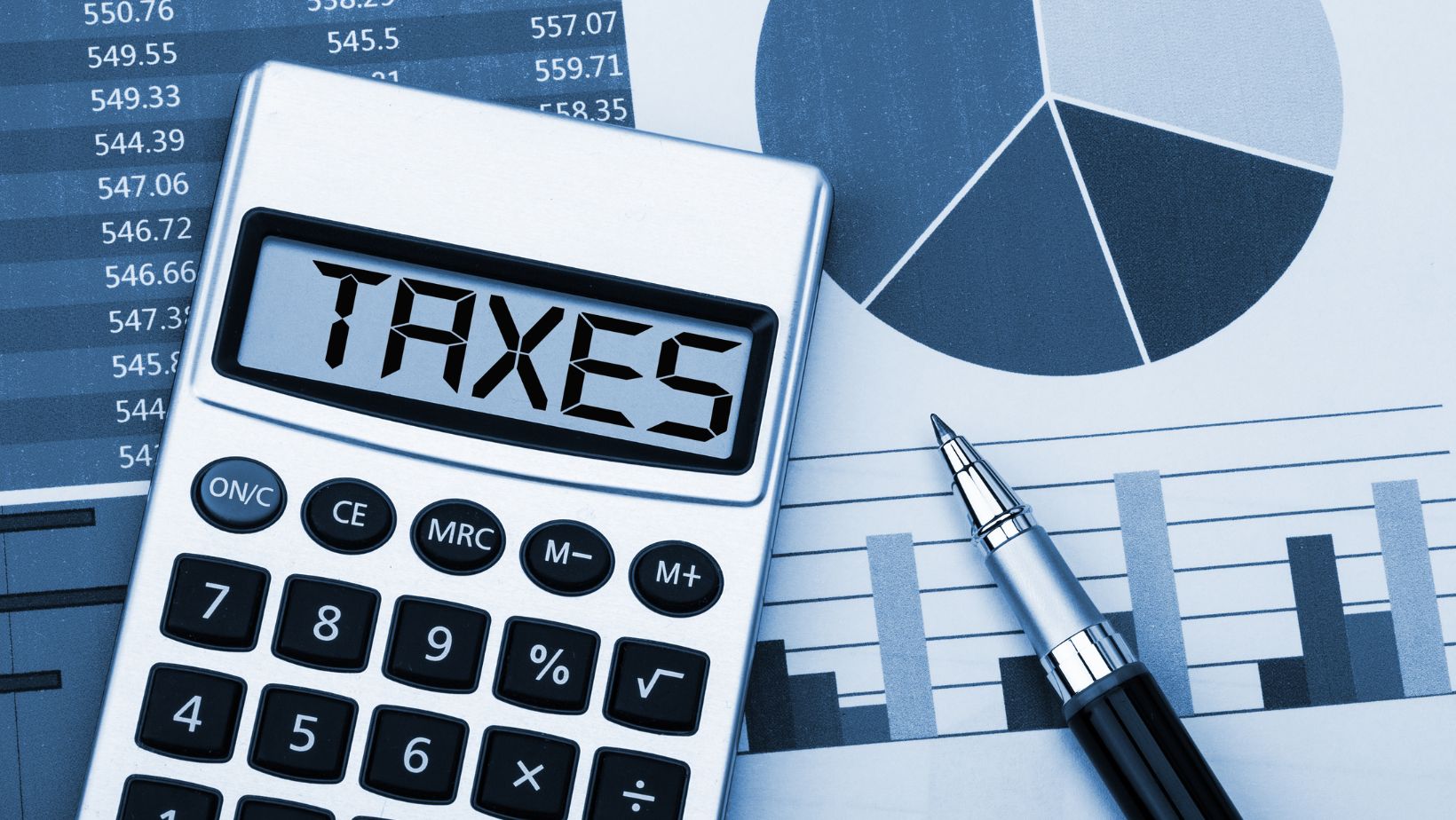Stating and scaling up a new business may be considered hard work, more so when trying to innovate. The major block generally for such start-up businesses is finding the much-needed capital and resources to invest in research and development. However, R&D tax incentives provide an important lifeline that enables startups to offset some of the costs associated with developing new products, services, or technologies. These vary by country and can dramatically reduce financial strain while fueling innovation that otherwise might not be possible. By fully taking advantage of these tax credits and rebates, startups can shift from mere survival mode to actually thriving and set up a viable foundation for growth and competitive advantage.
Understanding R&D Tax Incentives
R&D tax incentives are intended to stimulate investment in innovation through the provision of financial relief for businesses either by way of tax credits or rebates. Startups engaged in qualifying R&D activities may be entitled to such benefits, even when not necessarily profitable. Examples include product, process, or technological creation or improvement based on experimentation and systematic research. In this regard, in many countries, one of the most famous examples is the SRED program whereby companies that qualify for carrying out R&D receive huge tax credits.
Bridging the Funding Gap
Securing funding is tough for startups, especially when initial product development requires substantial capital investment. Most early-stage companies have limited cash flow and are often too small or too risky for traditional forms of venture capital. R&D tax incentives are important in this funding gap since they form one avenue of non-dilutive capital. This means a startup does not have to give up equity or take on more debt to receive these benefits.
These benefits will offset the cost of R&D work, enabling the startups to stay focused on developing their innovative products without depleting their financial resources.
Improving Cash Flow for Growth
Financial flexibility provided by the R&D tax incentive may be a matter of life and death for any startup company. Cash flow is very critical for any new business, and an opportunity to claim an R&D tax credit or rebate brings immediate cash in. This kind of incentive may be applied toward staff, material, overhead, and subcontracted services used for the development or research activity. This, in turn, means that the cash will flow to the startups more quickly than perhaps through some other traditional funding channels. This infusion of cash can be used to increase headcount for a particular talent pool, invest in marketing and sales efforts, or even for expansion. Finally, being able to claim and utilize R&D tax incentives catapults the startup forward to keep it competitive in a constantly changing market.
Encouraging Long-Term Innovation
Innovation is the lifeblood of any startup, and without continuous investment in R&D, new ventures risk stagnation. R&D tax incentives are an important tool in fostering continuous innovation that enables startups to stay at the leading edge of their industries. Because businesses are continuing to reinvest their tax credits into new projects and research, they’re most likely to create new technologies or solutions that might disrupt existing markets or create completely new markets. The focus on long-term innovation not only enhances the prospects for growth of a startup but also the probability of investors, customers, and talented employees. These incentives ultimately help create sustainable innovations with financially more accessible R&D.
Market Expansion
Besides driving innovation into their operations, R&D tax incentives can also help these startups expand into new markets. In fact, many startups-specializing in technology or manufacturing-rely on their ability to develop new products or services featuring advanced technologies that will enable them to set themselves apart in the marketplace.

Supported by R&D tax incentives, startups can move much faster in improving their offerings to meet market demands. This rapid, continuous innovation at reduced financial risk is a game-changer for startups to scale up quickly into new customer segments or geographies. This newfound access to markets can, in turn, drive revenue growth and further reinforce the investment in R&D, creating a reinforcing cycle of innovation and growth.
R&D tax incentives are a potent way to fuel innovation within startups. These incentives, through the provision of financial relief and the encouragement of investment in research and development, help to bridge funding gaps and improve cash flow while maintaining a strong focus on long-term innovation. The ability to seize these opportunities positions startups for growth in both their existing and new markets. In the end, it is R&D tax incentives that will help a startup build a sustainable foundation to underpin future success.









